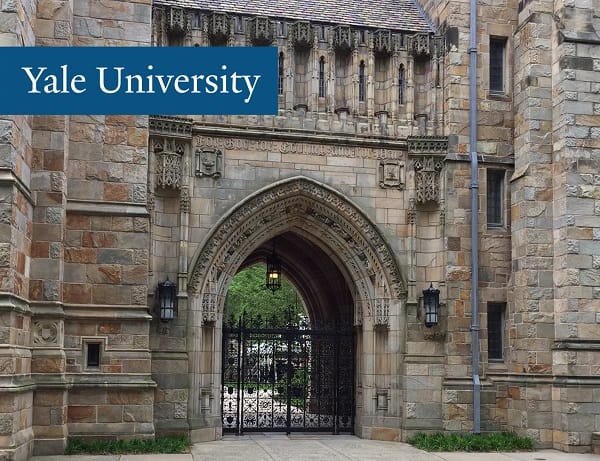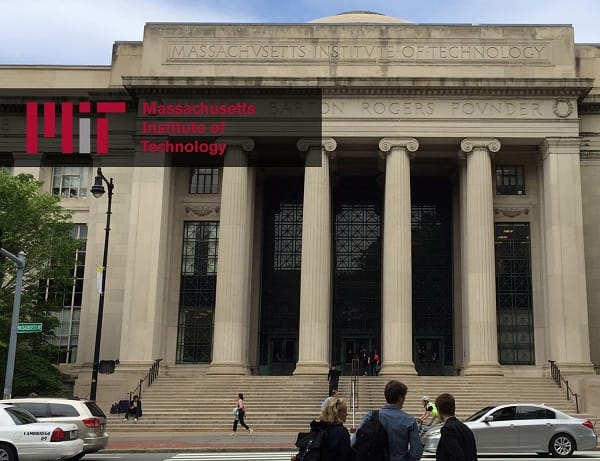Speaking Engagement
For Immediate Release
Yale and MIT Extend Speaking Invitation for Multiwave Laser Processing Technology
May, 25, 2017 - Multiwave technology combines multiple laser beams with different wavelengths into a single laser processing system with a single beam. Universal Laser Systems provides this capability by combining a 1.06 µm fiber laser beam with a 10.6 µm and/or 9.3 µm CO2 laser beam. This is especially useful for manufacturers and researchers trying to cut, engrave, and mark on variety of materials.
Fiber and CO2 laser systems can be very productive tools for thousands of materials. However, the chemical interaction between the material and laser differs depending on the characteristics and chemical composition of the material and desired result. Some materials are easily cut, marked and engraved using a 10.6 µm CO2 laser, where other materials produce a better output with a 9.3 µm laser. Additionally, inorganic materials can typically be processed with a 1.06 µm fiber laser. And in some cases, materials need the combination of two or all three laser sources to produce the desired cutting, engraving or marking only able to be achieved by combing the laser sources into a single beam.
Universal Laser Systems has a dedicated material processing research facility specifically dedicated to understanding how laser technology interacts with thousands of materials. This research yields optimal laser processing settings for users, as well as augments product development including the XLS Multiwave platforms. Joe Hillman, Strategic Development Manager for Universal Laser Systems, recently spoke at Yale University and Massachusetts Institute of Technology (MIT) about the complexity of materials and why Multiwave technology is necessary for working with these materials.
Specifically, Multiwave technology enables rapid fabrication of complex devices such as flexible electronic circuits and microfluidic devices by allowing the developer to select the optimal laser wavelength for each process step. For example, flexible electronic circuits can be fabricated by selective laser ablation of a conducting layer from an insulating substrate to form a circuit pattern using a 1.06 µm fiber laser. A permanent identification mark can then be created on the substrate using a 9.3 µm CO2 laser. The circuit can be cut to shape using a 10.6 µm CO2 laser. All three processes can be performed on a single laser system providing a seamless process for rapid prototyping. The system can provide laser cut and engraved feature sizes as small as 50 microns in a single step, enabling rapid cycles of learning for microfluidic devices.
Multiwave technology can also be used to combine laser beams with different wavelengths into a hybrid laser beam, providing a valuable tool for the development of novel material processing technologies. This capability is especially useful for cutting composite materials such as carbon fiber reinforced plastic. Here, the 10.6 µm wavelength beam from a CO2 laser is combined with a 1.06 µm wavelength beam from an Yb-doped fiber laser to form a hybrid beam. The 1.06 µm wavelength is efficiently absorbed by the carbon fibers, and vaporizes them cleanly. At the same time, the 10.6 µm wavelength cleanly ablates the polymer matrix material, leaving a smooth cut edge with minimal heat affected zone. By contrast, using either laser wavelength independently can cause excess heating of the polymer matrix material, leaving exposed carbon fibers along the cut edge.


